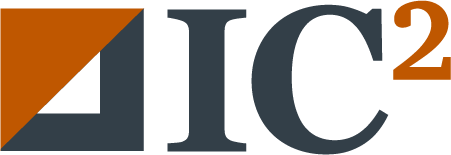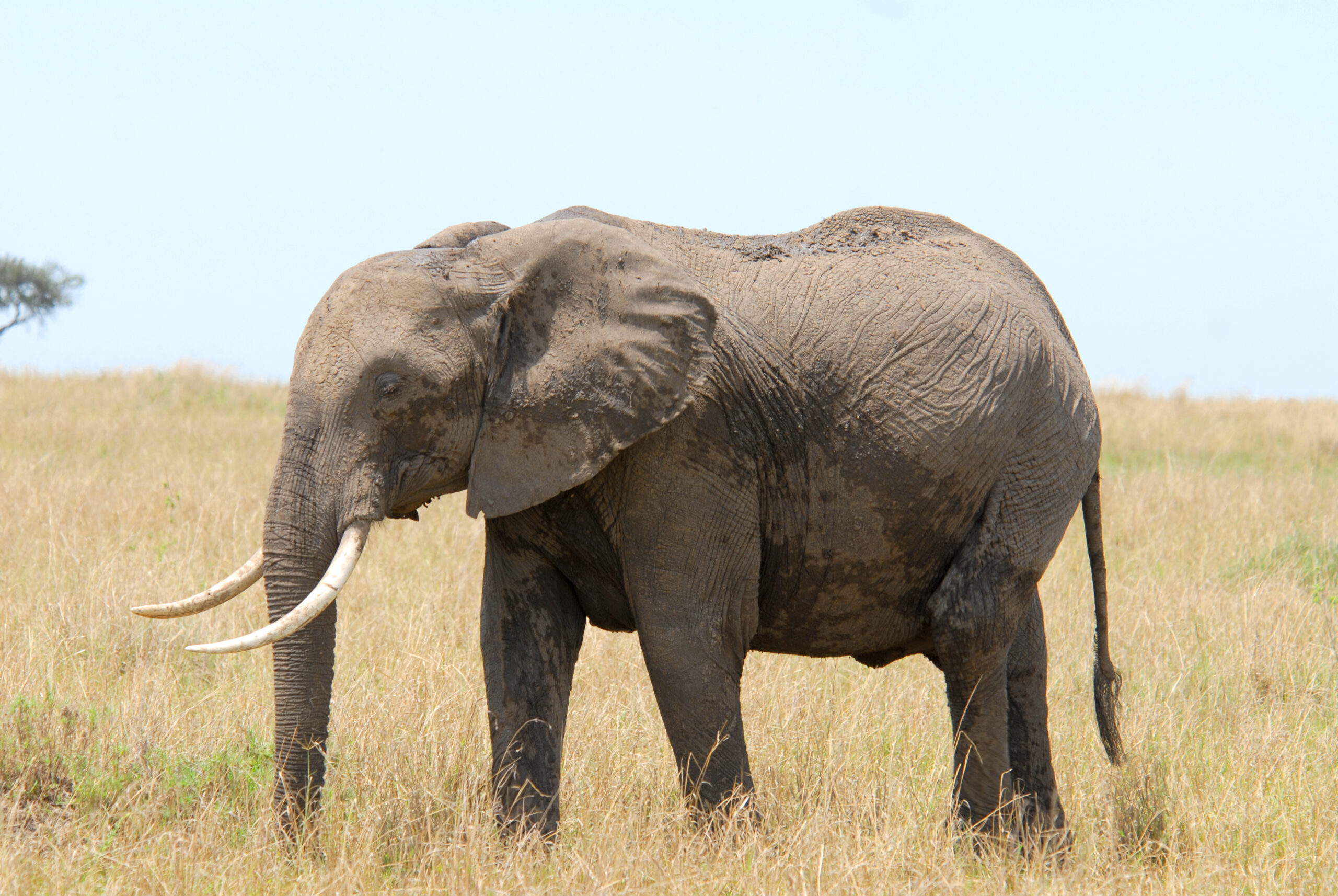BBR/IC2 Senior Research Scientist Matt Kammer-Kerwick recently traveled to South Africa’s Kruger National Park on a scoping trip for an upcoming study of the illegal wildlife trade. The study area lies at the intersection of Mozambique, Zimbabwe, and South Africa. Several game parks dominate the region—and the clustering of villages inside and outside the park borders creates a complicated maze of ownership, territoriality, and predatory behavior. Kammer-Kerwick will be working with an interdisciplinary team from multiple institutions—including the University of Maryland (lead); University of Alabama; Colorado State University; University of Pretoria; and the Southern Africa Wildlife College. In this recent interview, Kammer-Kerwick shares details about the project.

The wildlife trafficking project is complex; how would you sum it up?
The project is focused on the conflict between wildlife and humans. There’s a cluster of communities on both sides of the game park boundaries. The border is pretty open — so you have a bunch of agriculture and also big animals walking around in everyone’s cornfields and stomping on people’s plants. And, traditionally, people are used to hunting and having access to those resources … There are so many layers. But it’s really about the human interaction with natural resources, the ecology of it, the disease vectors.
This was your first visit to South Africa. Any surprises?
It’s not like popping on a jet to Chicago or New York and doing fieldwork — the way I usually work, right? It’s like a drive in a dusty 4×4 for six hours. And the scale and the volume: we saw hundreds of elephants, hundreds of giraffes. Also, I think maybe some of the surprise, or at least the learning, came in how the locals are organized under tribal leaders. Although locals talk about the healers, their chiefs are really the top official in each of these towns. It’s a very hierarchical society.
How does this wildlife work connect to the IC2 mission of advancing a well-being economy?
I couldn’t be more excited about promoting the healthy aspects of well-being, but we’re also wanting to manage some of the deleterious effects of what humans do to each other… And even when we’re promoting good — as opposed to just disrupting bad — it does keep coming back to me that the best efficacy comes from interventions that prevent things. On the “good” arc, you’re preventing the barriers, the inequalities, the biases. And on the “disruption” side, you’re preventing the exploitative behaviors.
You frequently use the term “interventions” when you’re describing your work—can you explain?
Our work can be described as identifying targets for interventions. What we’re looking at is the system and the dynamics of that system — to recognize where there are opportunities to put some levers, or put some dials, where you can make some changes to the system … What I’m trying to do is study the problem in ways that advance how we can develop solutions. In other words, I’m developing a framework for examining data to allow for the design of effective interventions.
How does this project fit with your previous work on human trafficking and exploitation of day laborers?
For me, this project is mostly about the exploitive dynamics of taking the wildlife and using local communities in Africa to be part of that process … So the theme is really very much the same as labor exploitation, except now it’s environmental exploitation. But it’s human exploitation, too, because you have people coming into the markets — the agents that are trying to use local communities in southern and eastern Africa as a source for illicit wildlife trade. They are recruiting local community members, there’s exploitation of local people.
There’s an additional layer to the wildlife research — involving potential transmission of pathogens — can you discuss that?
When the animal products go through the supply chain, they’re potential vectors for pathogens. And while that happens accidentally, it also has potential for the same supply chains to be used for weaponized versions of the products. The potential for weaponization is real, and we are going to be studying that in the context of the intertwined legitimate and illicit commerce-related flows of animal products that have the potential to transmit pathogens.
But the locals aren’t overly concerned about these pathogens?
Anthrax — the bacteria that was famously weaponized in our country in 2001 — is endemic in the region. If you’re digging in the dirt in this area, you’re probably at risk of having Anthrax spores. And probably the locals have built up immunity, though animals still succumb to it. So it’s not that it’s not an issue, but we had so many people say to us, “Why aren’t you interested in Hoof and Mouth Disease? That’s what kills my cows.”
Why are the big animals — giraffes, elephants, rhinos — in such great demand by poachers?
There’s a rich theme of traditional healers and the role that they play in society, and the importance of animal parts in that kind of belief system. And there’s a whole supply chain piece of this where rhino horns are the kind of archetype, illicit good that has a market outside of Africa. Rhino horns can be thinly sliced and used as jewelry, they can be ground up and used as powders for different types of traditional medicine in Asia. And they can be used simply as a status symbol. So even if the person is modern in their view, they still might want that rhino horn on their coffee table because they’re powerful.
And vultures are part of the picture, too?
If an animal dies from natural causes or poaching, the vultures are circling. Rangers can spot the vultures, and say, “We better go check that out.” If the vultures are circling two hours after the animal dies, that’s not a big lead time for the poachers to escape. And so they (the poachers) will do things like poison the carcass, so that the birds eat poison meat and get sick or die and are less likely to signal the rangers.
But that’s in conflict with the fact that they also want the vulture parts. The vulture is a high-flying bird that provides foresight and vision. And so, often, the poachers are interested in procuring these illicit parts for themselves. They’ll go to a traditional healer and obtain say, vulture brain, which they smoke, to give them vision on their poaching mission.
… Bringing it back to the subject of exploitation … In previous work, you’ve recommended “education” as a key intervention strategy – can you talk about that?
The most effective thing we can do is to address inequalities is educate people. We have hit people with sticks for centuries. And we just keep hitting people. But we have had success, for example, in changing the safety level of driving in this country, by educating people about driving. We’ve changed how we think about the risks of smoking by educating people.
You spent 20+ years in operations research – how does that shape your approach to research?
The cynic in me says, “What I’ve done with my research is point out things that other people already know. We already know prevention is important, Matt.” … But that’s the job right? You study things, you make recommendations, you try to move the whole field forward. But for me, it’s the OR background that drives things. Our background is about decision making. So, it’s “How do we identify places where we can make different decisions?”
So what’s next on the South Africa project? How will you begin to identify those opportunities for interventions?
We’re convening an Indaba* in September, inviting all kinds of people, policy makers, various tribal leaders, and other folks to co-design the elements of the project. I anticipate a lot of listening to local experts — learning more about the overlap between the wildlife economy and the transmission of disease. We’ll also be learning about things like bird tagging and elephant provocation and doing some participatory mapping. The whole team is eager to get started.
- An Indaba is a Zulu word referring to a gathering where participants can share important information, ideas, and discuss needs or challenges. The essence of an Indaba lies in fostering a space for all participants to share views.


